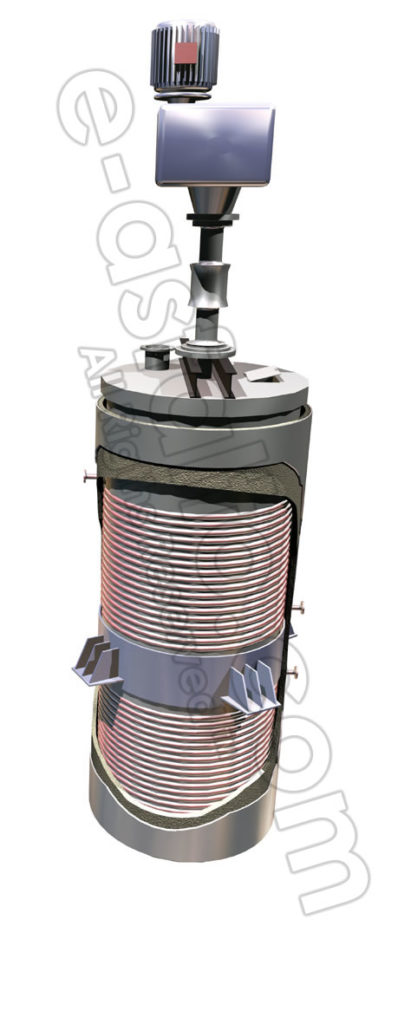Tanques de almacenamiento
Fillers are finely divided substances which are insoluble in bitumen but cart be mixtures dispersed in it as a means of modifying its consistency and mechanical properties. They are usually mineral materials; organic fillers such as wood flour or cork dust, are rarely used. Typical mineral fillers are limestone dust, cement, hydrated lime, slate dust, pulverized fuel ash, talc, silica and asbestos. Non-fibrous fillers usually have a particle size of less than 75 micron (um). The general effect of adding filler to bitumen is to make it harder and stiffer in practical terms means that there is a reduction in the deformation or produced by a given load and is shown by an increase in softening poireduction in penetration and an increase in stiffness. The extent of this hardening or stiffening effect depends on the amount of filler added and on its particle shape, size and grading. Normal fillers such as limes or slate dust produce the least effect; fillers with plate-like particles, such as are intermediate, and fibrous fillers such as asbestos* show the greatest effect for a given concentration of filler. Hydrated lime is much more effective than limestone. The volume percentage must be calculated from the weight and density of the material and not estimated from the volume of filler added. For normal fillers, the effect of the filler on the penetration and softening point roughly proportional to the filler concentration for concentrations up to about 40% v of the mixture. For fibrous fillers, the upper limit for proportional behaviour is much lower.

Choice of fillers. The following factors should be considered:
* Asbestos fillers are not suitable for applications in which the mixture is used as a sealant or protective in continuous contact with a liquid, because the asbestos fibres may act as wicks and so transport the liquid through the bitumen.
* Fillers which absorb water (clay, gypsum) should not be used in cases where mixture is in contact with water.
* If the bitumen is to be used as an acid-resistant coating, then acid-resistan fillers such as silica or slate dust must be used.
* The use of hydrated lime as filler improves the adhesion of bitumen to mineral surfaces (stone, glass, etc) in the presence of water.
Fillers should be blended into the bitumen in a mixer at a temperature such ttrir the bitumen viscosity is about 200 cSt, i.e. for a penetration grade bitumen, about 100°C above its softening point. They should be added gradually so as not to cool the bitumen unduly; stirring should continue to enable any entrained air to escape.
Bitumen/filler mixtures must be thoroughly stirred immediately before use tr prevent sedimentation of the filler.


